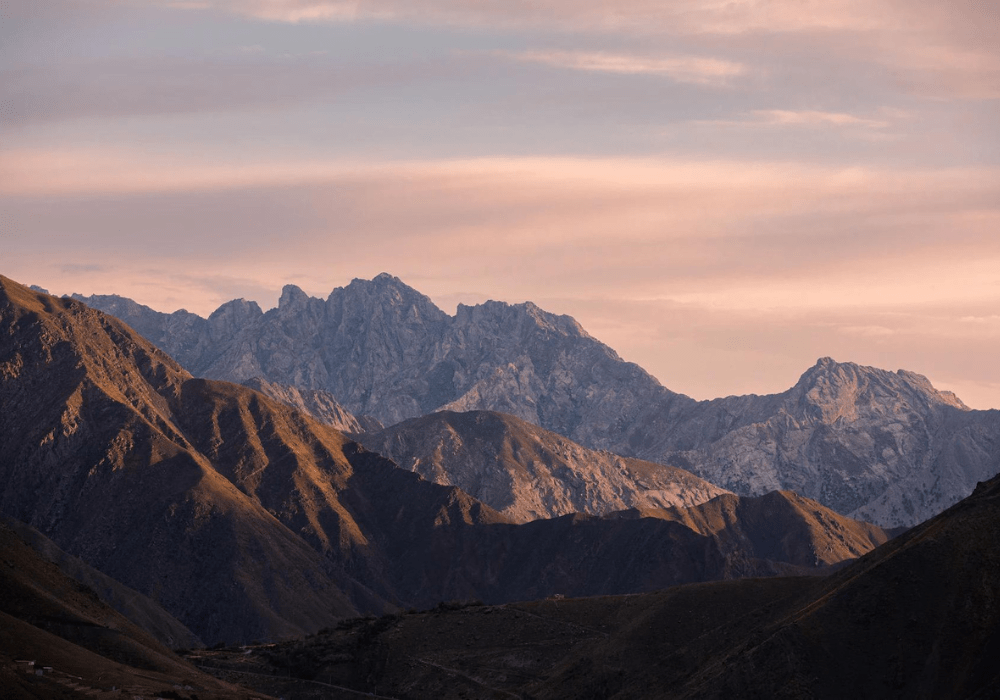
Afghanistan is currently in the midst of a severe humanitarian crisis. The nation is facing a multitude of challenges that threaten its access to clean water: climate change, internal strife, and a lack of infrastructure have led to a water crisis, leaving many Afghans with minimal potable water.
Its Qargha reservoir, located on the outskirts of Kabul, has experienced several years of droughts. “The rapid shrinking of Qargha Lake is alarming,” stated Najibullah Sadid, a researcher, studying water resources in Afghanistan. Recent droughts have forced many Afghan families to seek water from private wells or to dig deeper to find an alternative water source.
According to scientists in Afghanistan, these droughts are warning signs, as Afghanistan is currently facing the severe impacts of climate change. In addition, the recent droughts were exacerbated by the lack of foreign intervention and poor local waste management. Multiple relief and aid organizations have suspended their work in Afghanistan, which worsened the humanitarian crisis that affects over 40 million people.
To combat this crisis, water resource and climate experts have stated that there must be sufficient cooperation between Afghan leaders and climate experts. Afghanistan faces two critical challenges. In addition to a limited supply of natural water resources, the country’s average temperature has increased by 1.8 celsius since 1950, which is more than twice the global average.
Afghan leaders continue to call upon aid and relief organizations to support them during these difficult times; however, aid organizations hold growing concerns regarding their return to Afghanistan due to the conflicts and violence in the nation. Without intervention from foreign aid/relief organizations, the Afghan people will continue to suffer from this crisis on multiple fronts.
By Justin Goldberg
